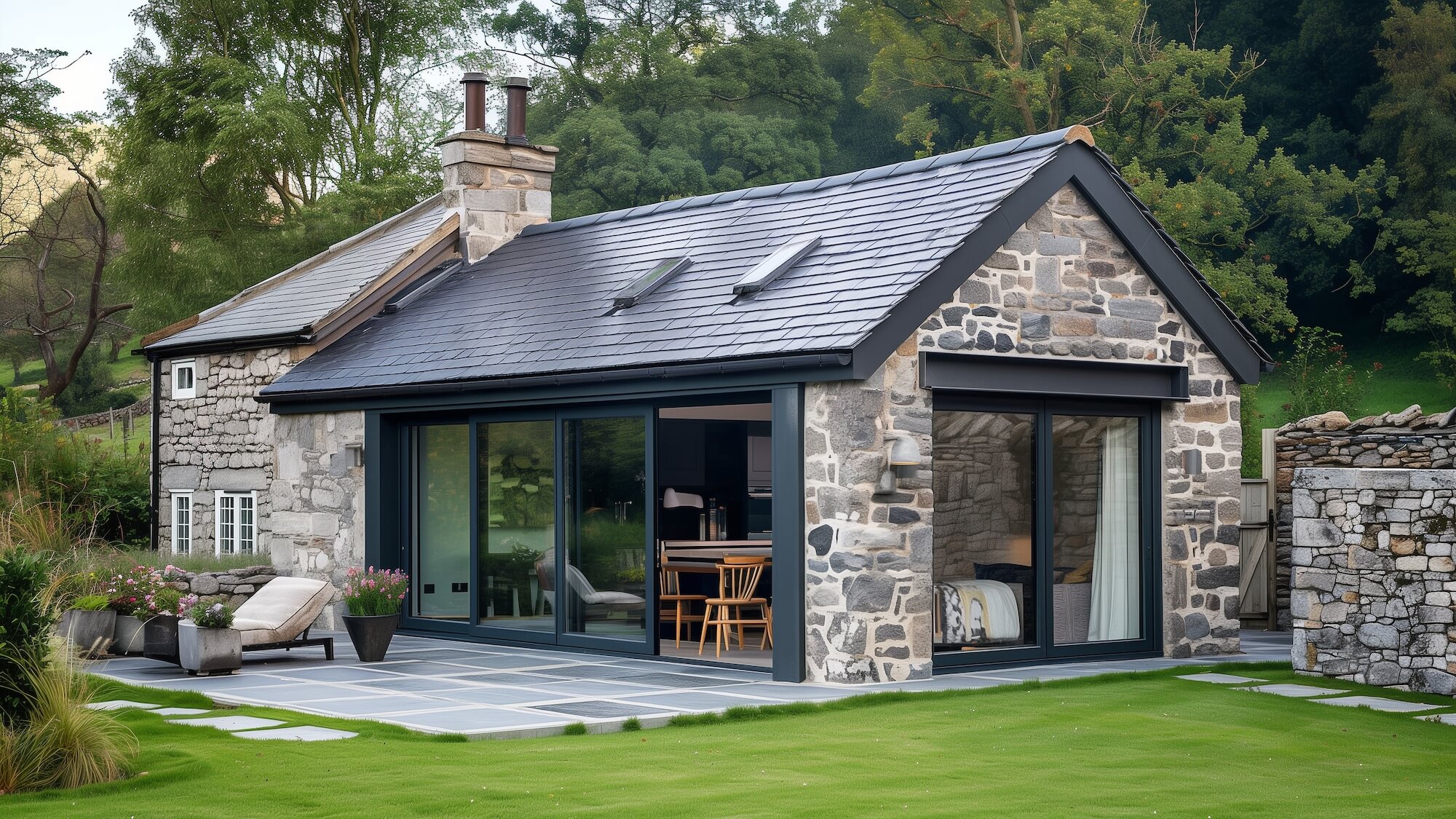stuart
Converting outbuildings to living accommodation

Converting outbuildings to living accommodation - How Vision Planning can help you with the process
Do you have an outbuilding in your garden, that you are wondering what to do with, or are you planning to build an outbuilding to create some living accommodation? If so, read on.
If your outbuilding is already in residential use, then you won’t normally need planning permission to use it as living accommodation. (Building works are a separate issue. I’ll come to that later).
This is because planning permission is only needed for a material change of use of a building or land, and using a building that is already in residential use for another residential use is normally not a material change of use. (Turning an annex into a separate home does need planning permission – see here).
Whether your building is already in residential use may not be quite as simple as you might imagine though, particularly if you have a large property with buildings converted from other uses over time.
This is because the building might be in a different “planning unit” from the main house, and that planning unit might not be in residential use, or the planning unit might be a mix of uses, rather than residential, or the building may have been built as a barn and you have started to use it for residential use without planning permission. (In the latter case, the building would only lawfully be a residential building if it had been in residential use for ten years, and we can help you with a certificate of lawfulness if you need one).
However, if the building is clearly already lawfully in residential use, then you won’t need planning permission to use it for any other residential use, including living accommodation.
There is a catch with buildings built as permitted development though (and there is still the building works to grapple with).
The General Permitted Development Order (link here ) grants planning permission for new outbuildings within the curtilage of a dwellinghouse (for many homes, the curtilage will be your garden, but for some properties, the curtilage will be smaller than the garden), subject to a number of limitations and conditions, as long as the building is “incidental to the enjoyment of the dwellinghouse”.
But … creating new living accommodation, including annexes, would not be an “incidental” use; it would be an “ancillary” use, and ancillary outbuildings are not permitted development. This means that although building a new shed or some other storage space (normally an incidental use) does not need planning permission (subject to limitations and conditions), building a new building to provide more living space (normally an ancillary use) does need planning permission.
If you have already built an incidental outbuilding lawfully using permitted development rights, then we come back full circle to the first point – changing the use of that outbuilding to another residential use, including an ancillary use, is not a material change of use, so doesn’t need planning permission. But if this is your plan, you will need to use the building for incidental purposes for some time first, before you start using it for ancillary purposes, because if you don’t, the building won’t be lawful in the first place.
So that’s the “use”; now the “works”.
If you plan to convert an existing residential outbuilding to living accommodation and you plan to do anything to change the way the building looks externally, then this will probably need planning permission, even if the use of the building for living accommodation doesn’t.
Planning permission is required for works that “materially affect the external appearance of the building” (there is some case law about when such a change is “material”, so get in touch if you need to know more), so you should assume that any external alterations will need planning permission in principle.
If the building is built for incidental purposes, then some external alterations will be permitted development (back to the General Permitted Development Order), but as soon as the use is, or is planned to be, ancillary and not incidental, this needs planning permission.
If any of this sounds like something you are planning, please get in touch and we can discuss the specifics of your situation. In some cases, we would recommend that you submit a planning application, in others we might suggest that you start with a lawful development certificate, and in some cases, we might conclude that you don’t need any planning permissions.
However, even where you don’t need planning permission, you may still need to comply with building regulations, so it is worth checking that separately.

